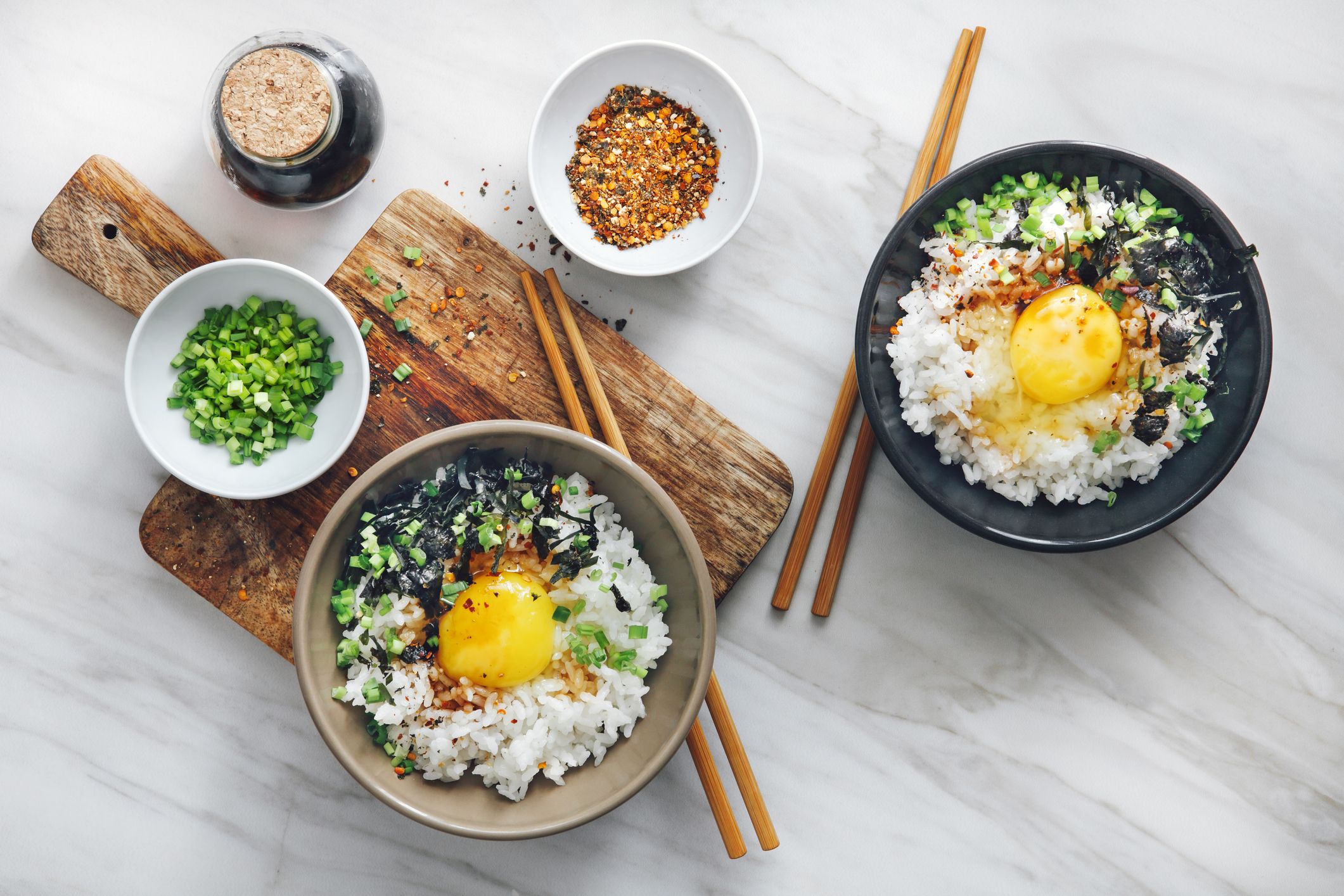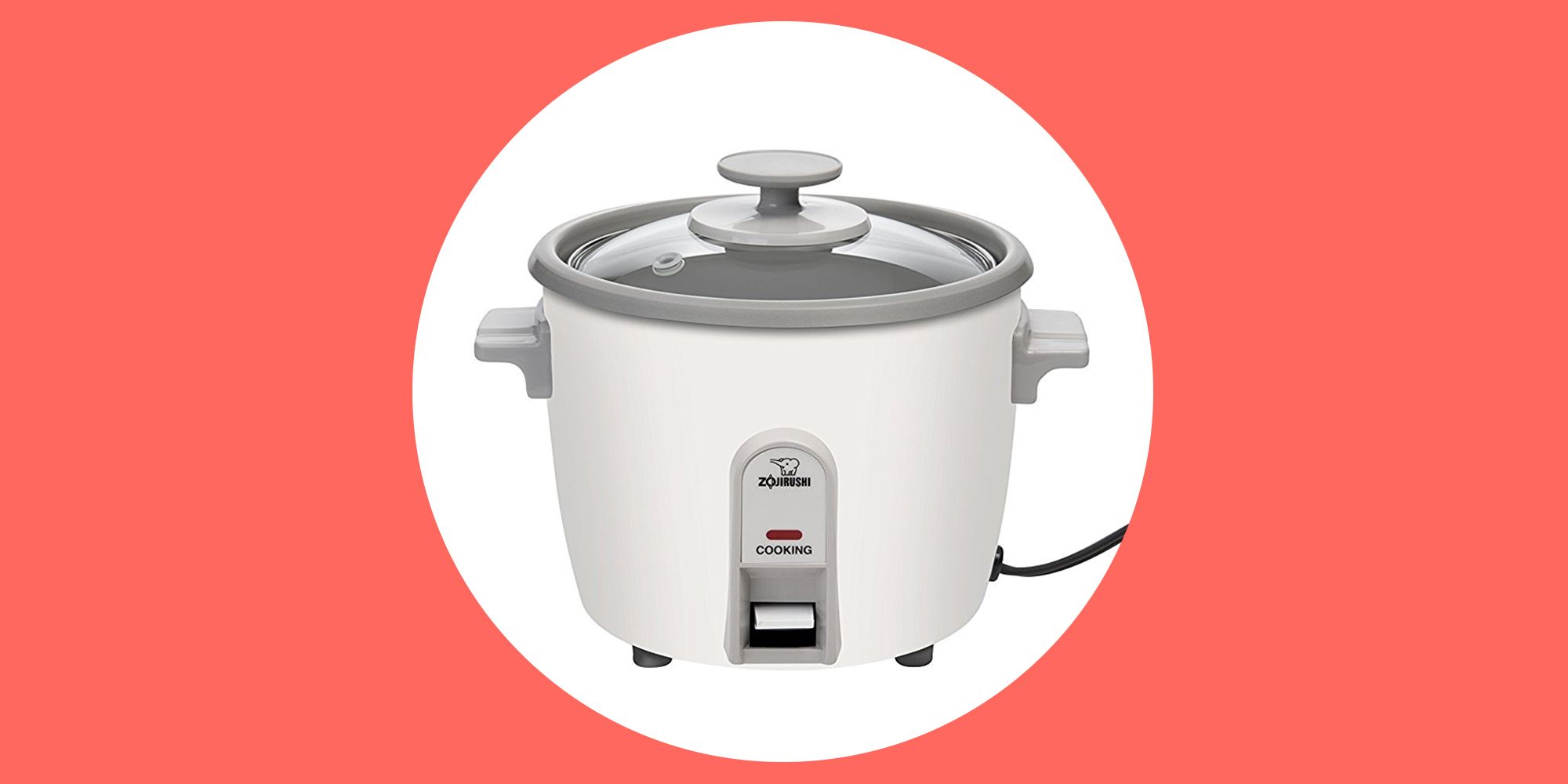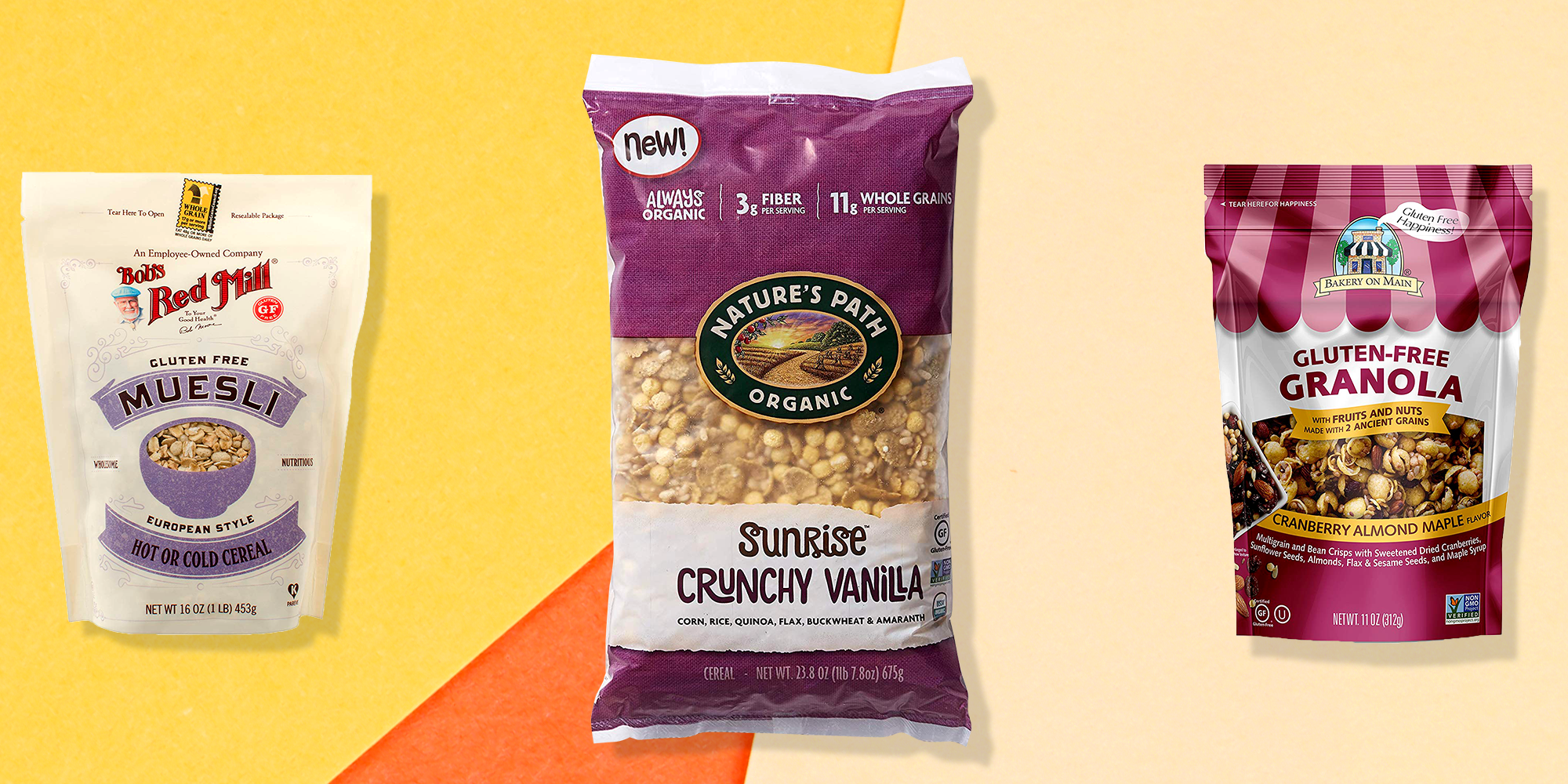Just a few decades ago, chances are, unless you were a baker, you never would have heard of gluten, let alone if you had an intolerance to it. But now it’s highlighted on menus and food labels, allergy and food sensitivity tests will zero in it, and there are even entire sections of the grocery store devoted to gluten-free products. Even so, it remains unclear whether there is gluten in some popular staples in your pantry. For example, you may be wondering, Is rice gluten-free?
We’ve heard a lot about celiac disease, a disorder that causes an inflammatory response in the body when it digests gluten, in recent years, but it’s not the only reason someone want to avoid it. “Gliadins and glutenins are the two components of gluten that can cause a reaction,” says Keri Glassman, RD, a member of the ZENB Plant Council. “And there are many different reactions to gluten and wheat.” Those who have wheat allergies, for instance, may or may not have a gluten allergy, so while they should ditch all foods containing wheat, they don’t necessarily have to cut out gluten.
Another condition that can lead people to go gluten-free is a non-celiac gluten intolerance or sensitivity. “This occurs when people test negative for celiac disease and wheat allergies, but experience negative symptoms after eating foods with gluten,” explains Glassman. “Neither an allergic nor autoimmune response can be identified, and this is not a true allergy, but unlike most intolerances, this does likely activate an innate immune response in the gut and is not just digestive discomfort.”
Fortunately, whether you have celiac disease, a wheat allergy, or a gluten sensitivity, following a gluten-free diet has never been easier.
Is rice gluten-free?
Rice comes in hundreds of different varieties, from long to short, brown to white, and fragranced to non-fragranced, so it can often be difficult to tell if a specific kind has gluten. But in general, all unprocessed rice is gluten-free.


That said, it’s important to be aware of the arsenic levels in rice, particularly if it’s what you consume most days. “Rice has a much higher arsenic level than that in other grains, such as wheat and barley, and it varies from 0.1 to 0.4 mg of inorganic arsenic/kg of dry mass,” says Glassman. “This would be a concern for someone on a gluten-free diet if they are depending on rice as their grain of choice and eating it daily, but if someone on a gluten-free diet eats a wide variety of gluten-free grains and limits rice, this should not be a concern.”
Which types of rice are gluten-free?
Rice in its purest form is *always* gluten-free, so even though its many varieties differ in their nutrition and health benefits, they can all fit into a gluten-free lifestyle.
- Brown rice. Often deemed the “healthy” rice, brown rice is full of nutritional value and is a great source of manganese, selenium, and fiber. Since brown rice is unrefined and still contains the bran and germ (these are removed in white rice), it tends to have more texture, offering complexity to even the simplest of recipes.
- White rice. Although white rice is arguably the most popular type of rice, it unfortunately doesn’t offer much nutritional value. During the process of making it, fiber and other vitamins and minerals are removed from the rice to give it a longer shelf-life and smoother texture. Even with fewer health benefits, it’s still gluten-free.
- Wild rice. Despite the name and how it’s marketed, wild rice is actually grass. As such, it boasts a range of vitamins and minerals, like vitamin B6, fiber, and folate, and it’s high in antioxidants. Because it’s more difficult to grow, though, wild rice tends to be more expensive, or it is sometimes mixed with white or brown rice to offset the cost.
Which types of rice aren’t gluten-free?
The following rice options are processed and therefore not gluten-free.
- Rice mixes
- Rice labeled as “wheat-free”
- Rice from a manufacturer of products that contain gluten
Although rice mixes can vary, it’s best to avoid them since many contain other wheat-based grains that may have gluten. And even though gluten is a protein found in wheat, it’s not the only grain that has it, so if a rice is labeled “wheat-free,” it might still have gluten.

It’s also a good idea to avoid rice that’s manufactured in the same facility as other products containing gluten. Even if it’s marked as gluten-free, it may have been contaminated by equipment that’s used for foods with gluten.
What are some other gluten-free grains I can eat?
Although rice is an obvious choice, it’s not the only option. “Aside from grains like wheat, barley, rye, and triticale, I recommend people on gluten-free diets get nutrients from legumes and beans, and incorporate gluten-free pasta that is nutrient-dense,” says Glassman.
Some gluten-free alternatives to rice include the following.
- Quinoa. The snappier texture of this grain makes it a perfect substitute for rice in salads and protein bowls.
- Beans and lentils. These are a great source of protein and can add flavor to any dish.
- Millet. This small-seeded grass has a similar size and texture to rice, so it’s a good substitute to use in fried rice or paella.
- Alternative pastas. There are now a wide variety of pastas made from beans, peas, and other legumes. Try Banza’s Chickpea Pastain your next penne alla vodka, BAM Snacks’ Black Gram Pasta in your next Veggie Rotini Casserole, or ZENB’s pea-based Elbows Pasta in your next Mac and Cheese.
Source: Read Full Article